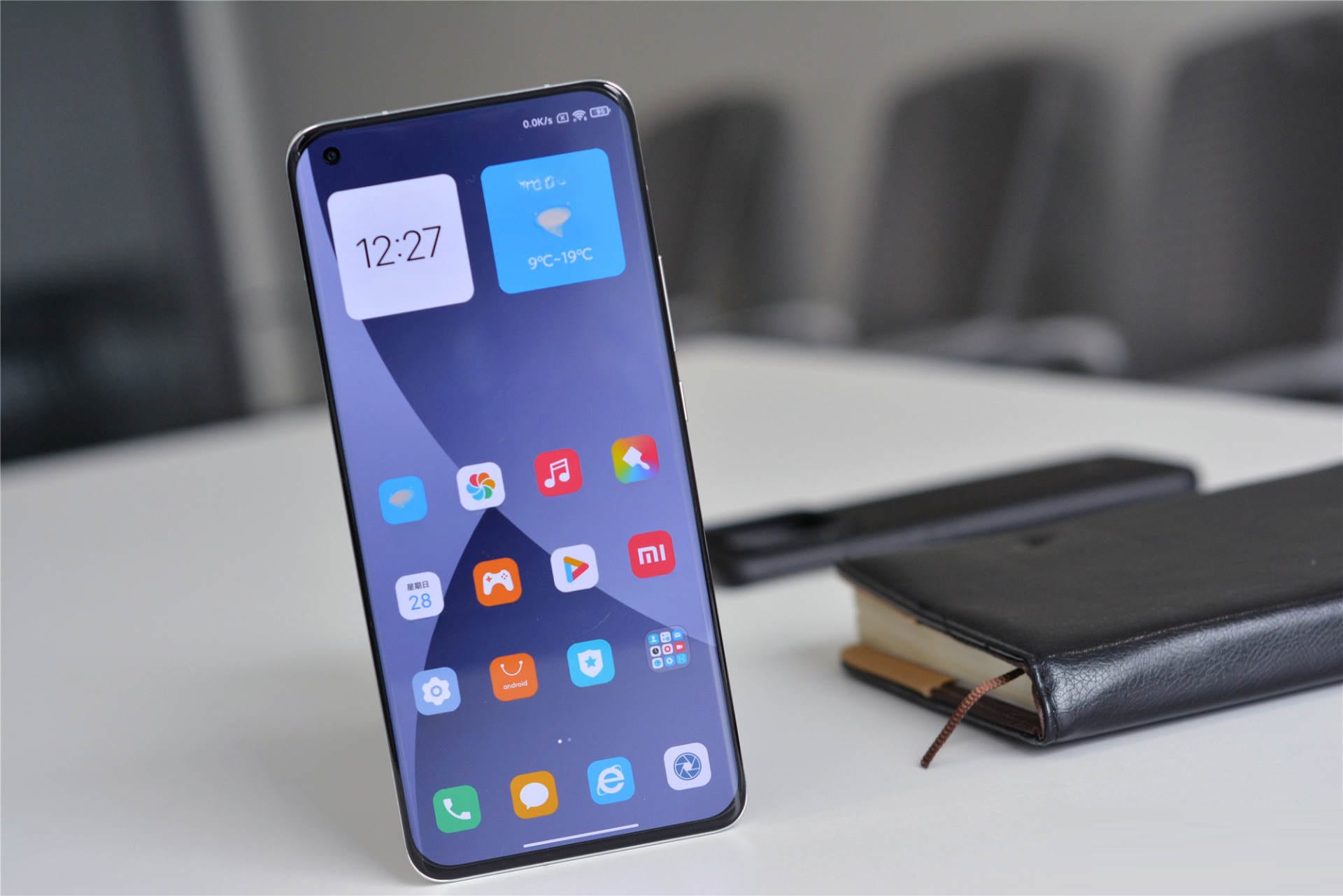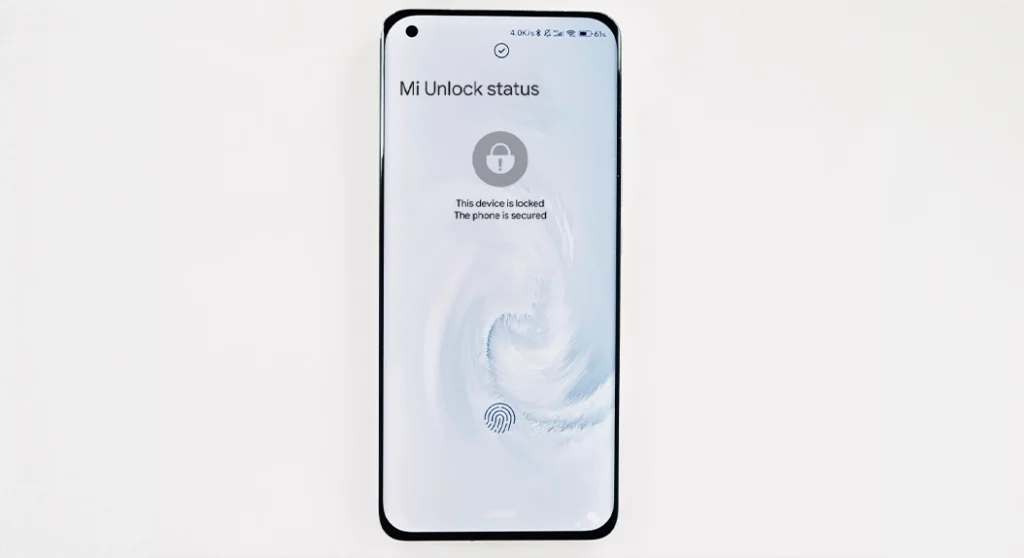Unlocking the bootloader on a Xiaomi device may seem like a tempting choice for tech enthusiasts looking to customize their phones. However, it’s important to know that this process comes with some significant drawbacks.
What is a Bootloader?
First off, let’s clarify what a bootloader actually is. It’s a piece of software that runs when you power on your device. It decides what programs to load and is essential for your phone’s functionality.
Risks of Unlocking
While unlocking the bootloader allows you to install custom ROMs and gain root access, it also exposes your device to various risks. Here are some of the main concerns:
- Security Vulnerabilities: An unlocked bootloader can make your device more susceptible to malware and hacking attempts.
- Warranty Void: Unlocking may void your warranty, meaning you could be left without support if something goes wrong.
- Bricking Your Device: If the unlocking process goes awry, you could end up with a non-functional phone, commonly referred to as “bricking.”
- Loss of Data: The unlocking process often requires a factory reset, which means you’ll lose all your data unless you back it up first.
Alternatives to Consider
If you’re looking to customize your Xiaomi device, consider exploring options that don’t involve unlocking the bootloader. Many apps available on the Google Play Store allow for personalization without the risks that come with unlocking.
Conclusion
In summary, while unlocking your Xiaomi bootloader might sound appealing, it’s essential to weigh the potential harms against the benefits. Think carefully before making this decision. For those determined to proceed, ensure you’ve done your research and backed up your data to minimize risks.![]()
If you want to learn more about the bootloader unlocking process and its consequences, you can check additional resources here and here.
![]()






